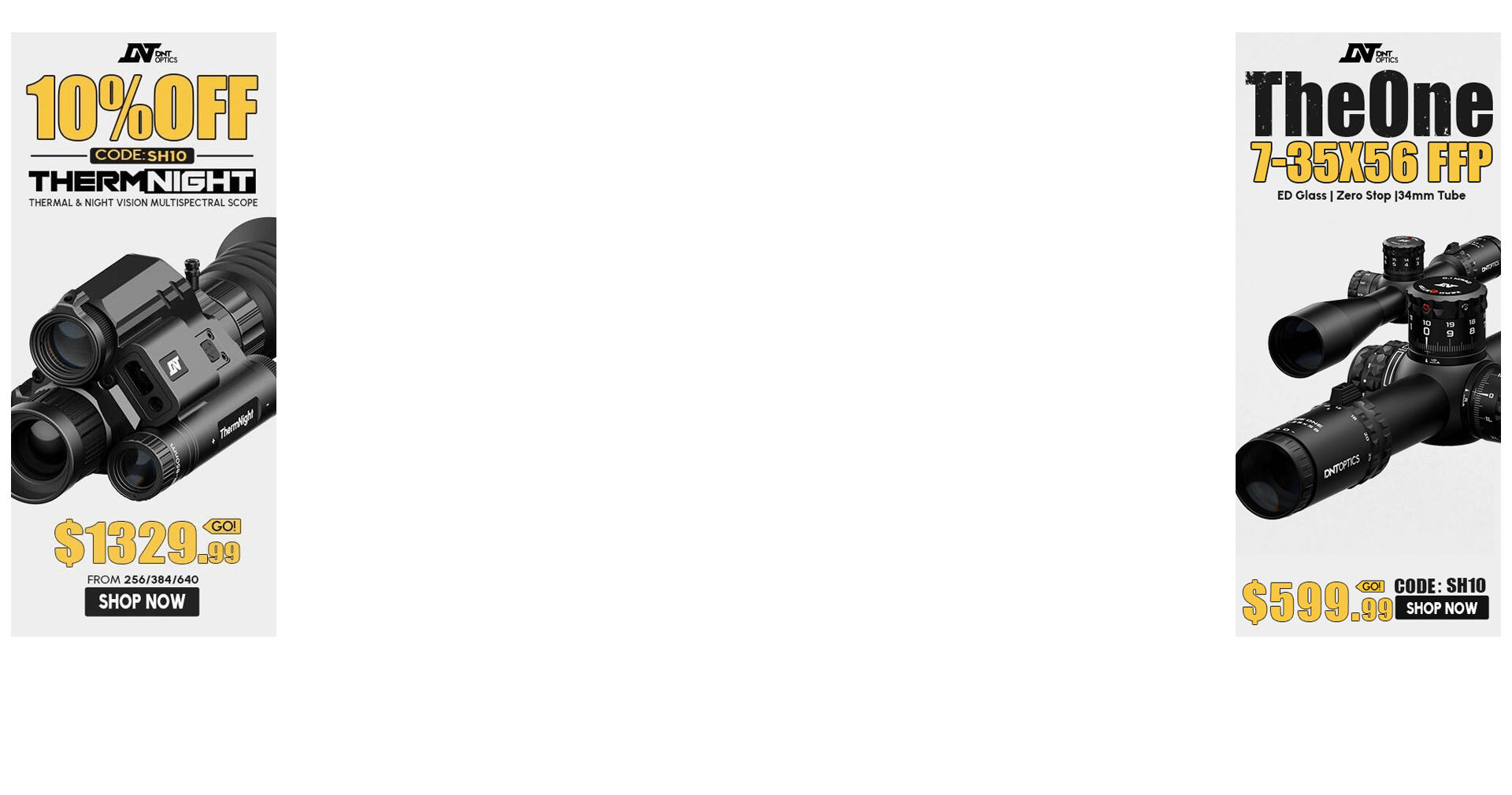Sorry to raise a dead post but am searching for info on "fliers" and this post fit the best. I was shooting a new rifle yesterday and today and a bunch of my groups had a "flier" after reading this (and several other) threads a lot of the points hit home but I have several questions.
On several of my shots I was able to "call" the flier, by doing so I knew I screwed something up, trigger squeeze, a flinch, etc. I knew I had made a mistake and sure enough it showed up. The perplexing part is several, if not most, of my groups had the "odd man out" shot. Two shots close or touching and a third separate and to me "unexplained". I also believe as stated above that the gun will shoot where the barrel is pointed, however I know from past experience and other conversations and boards that things like primers, case prep, and other factors can influence shot placement as well. My quest for answers stems from that when I am shooting my Savage 12V HB Varmiter, .223 Rem with handloads, 69 Gr Sierra HPBT, cases weighed (trimmed and all the other prep work that goes into hand loading) and shoot I can get consistent shot groups that are tight and any fliers are usually explained by a fault of my own. Occaisionaly my groups will open up and there will be fliers but I know it's operator error and go at it again, occasionally I cannot figure it out.
Currently, I am shooting a Czech VZ 24 Mauser that has been sporterized and with a new barrel chambered in .308 Win. I zeroed the weapon using some M118 Ammo I had. I stopped and cleaned the barrel after several shots (new barrel) and was grouping pretty good. I am learning the gun, it's intricacies and feel. I also am working up some loads for the .308 Win to use in the Mauser. I have two loads I am working on (mainly because reloading components are far and few between lately) but my main one is 165 gr SPBT Hornady, 40.5 grs IMR 3031, Win LR primers. I have never used Win primers before, but again low supply. On all of my shot groups today, after establishing a solid zero, i would have one flier in almost every shot group. I know one was caused by my darn dog running and I reacted and noticeably pulled the shot, another I literally felt myself flinch before the firing pin struck, the others I am not sure. The bottom line is I am not happy with my performance, I am applying the fundamentals but need to stop sending shots wild (and by wild the shots are from 1/2 to 1 1/2" from group). The Mauser has a sporter contour barrel, wood stock which I glass bedded as it was atrocious for fit. I time and space my shots as I know heat will affect the barrel and shot placement.
I apologize again for my ramblings, I just wanted to include what info I could. I like to shoot, I do it fairly often and I want to become better. I know you need to proctice to achieve that but also you need to practice correctly. Any input would be appreciated. Thanks in advance.

